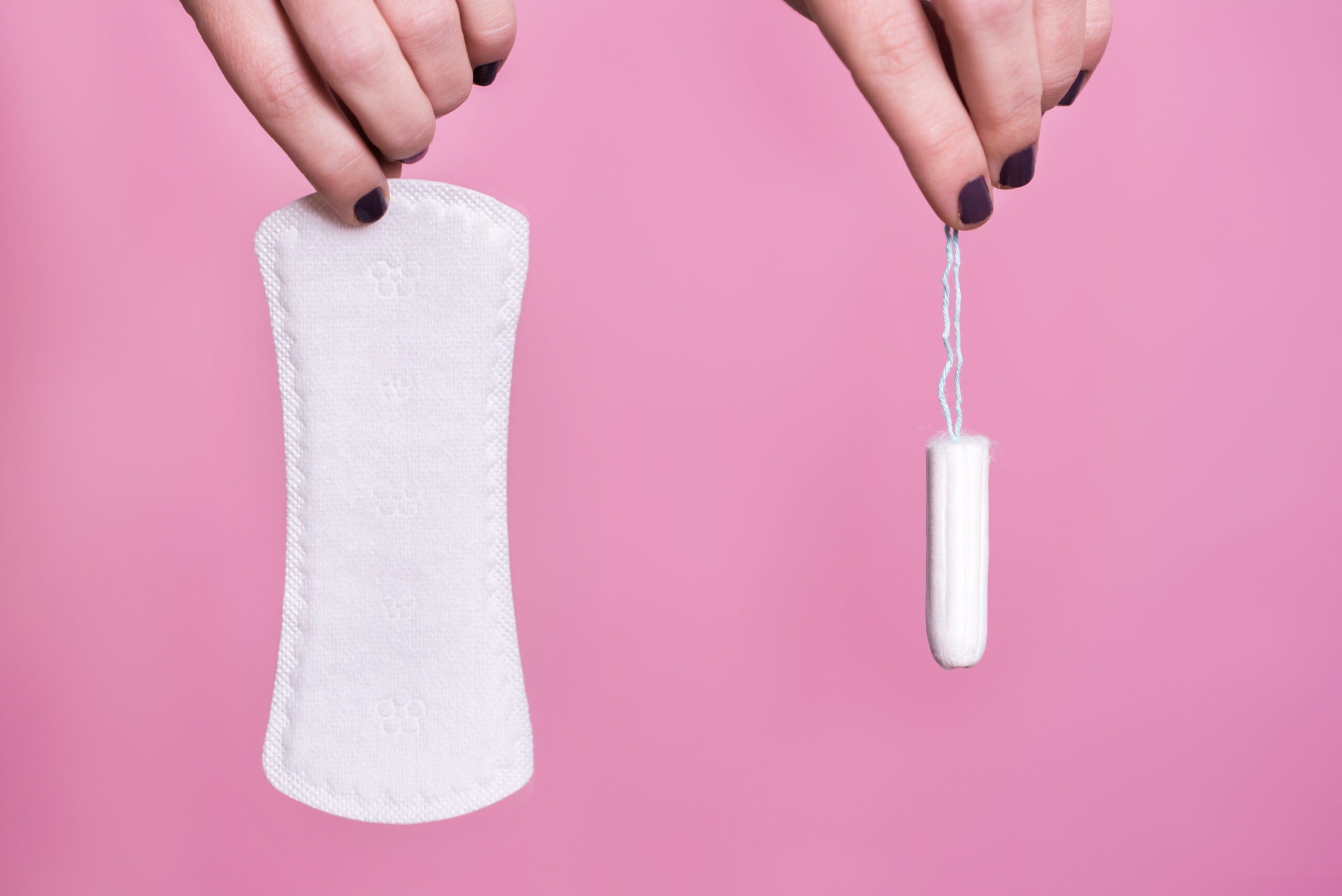Table of Contents
Updated on August 31, 2023
Menstrual Hygiene Management
In today’s world, the importance of menstrual hygiene and waste disposal cannot be overstated. As we strive to create more inclusive and sustainable societies, addressing the challenges of menstrual waste management becomes paramount. This article will delve into the various aspects of menstrual waste, its impact, and the techniques employed globally for its disposal.
Understanding Menstrual Waste
Definition and Types of Menstrual Waste
Menstrual waste encompasses a variety of products that are used during a woman’s menstrual cycle. Each type of product has a different impact on the environment due to its composition and disposal methods. Here are some common types of menstrual products:
- Sanitary Pads: These are the most commonly used menstrual hygiene products. They are made from layers of absorbent material and are disposable. However, most sanitary pads are not biodegradable and can take hundreds of years to decompose, contributing significantly to landfill waste.
- Tampons: Tampons are another popular choice. They are made from absorbent material that is inserted into the vagina. Like sanitary pads, tampons are also disposable and can take a long time to decompose. Some tampons come with applicators, which add to the waste produced.
- Menstrual Cups: Menstrual cups are a reusable alternative to sanitary pads and tampons. They are made from medical-grade silicone, rubber, latex, or elastomer and can last for several years with proper care. While they produce less waste, the disposal of a menstrual cup still needs to be handled correctly to minimize environmental impact.
- Reusable Pads and Panty Liners: These products are made from absorbent fabrics and can be washed and reused. They are more environmentally friendly than disposable pads and tampons, but they still require water and energy for washing and drying.
- Period Underwear: Period underwear is designed to absorb menstrual blood and can be used on their own or as a backup for other menstrual products. They are washable and reusable, making them a more sustainable choice.
Environmental and Public Health Impact of Menstrual Waste
The environmental impact of menstrual waste is significant. Most menstrual hygiene products are not biodegradable and can take hundreds of years to decompose. This leads to landfill accumulation and can contribute to soil and water pollution.
From a public health perspective, improper disposal of menstrual waste can lead to the spread of infectious diseases. Therefore, understanding the different types of menstrual products and their environmental impact is crucial for developing effective waste management strategies.
Managing Menstrual Waste Disposal


Overview of Current Practices Globally
Globally, the practices for menstrual waste disposal vary widely. In many developed countries, menstrual waste is often disposed of in landfills. In developing countries, the lack of proper waste management systems can lead to menstrual waste being disposed of in open dumps or bodies of water.
In the United States and Canada, menstrual waste disposal practices vary widely, largely due to differences in waste management infrastructure and public awareness.
In the United States, the most common method of disposal is through regular trash, which ultimately ends up in landfills. Some cities have waste-to-energy facilities where trash, including menstrual waste, is incinerated to generate energy. However, this method has raised environmental concerns due to the release of greenhouse gases.
In Canada, disposal practices are similar. Menstrual products are typically disposed of in the regular trash. However, there has been a growing movement towards more sustainable practices, such as composting and the use of biodegradable products.
Challenges in Managing Menstrual Waste
Managing menstrual waste presents several challenges. In urban areas, the high volume of waste can strain waste management systems. Landfills are filling up, and incineration can contribute to air pollution.
In rural areas, the challenges are different. Waste management infrastructure may be lacking, leading to improper disposal methods that can harm the environment and public health. For example, menstrual waste might be burned in open fires, releasing harmful pollutants, or it might be discarded in open fields or bodies of water, contributing to soil and water pollution.
In both developed countries like the US and Canada and developing countries, there is a lack of public awareness about the environmental impact of menstrual waste and the importance of proper disposal. This lack of awareness contributes to the continued use of unsustainable disposal practices.
Legal Regulations and Guidelines for Menstrual Waste Disposal
Different countries have different regulations and guidelines for menstrual waste disposal. In some places, menstrual waste is classified as biomedical waste, requiring specific disposal methods. However, in many parts of the world, there are no specific laws or guidelines addressing menstrual waste, leading to improper disposal practices.
New Federal Changes For Canadian workplaces – Free period products
The Canadian Government has made amendments to the Canada Labour Code, requiring federally regulated employers to provide free menstrual products and covered menstrual hygiene waste disposal bins in workplace washrooms. This move is aimed at maintaining healthy and safe workplaces, addressing systemic inequities, and promoting fairness and equality.
The government estimates that about 35% of their employees require menstrual products regularly. The provision of free menstrual products is expected to increase productivity, reduce absenteeism, and improve health and safety. It also aims to reduce period anxiety, shame, and stigma.
The concept of menstrual equity, which is about providing equal, fair, and accessible access to menstrual products, is gaining traction in Canada.
Companies, regardless of being legally mandated or not, are encouraged to provide free menstrual products as part of their commitment to employee welfare and gender inclusivity. This helps in creating an inclusive and supportive work environment for all employees.
Also read – New Period Legislation: What You Need to Know To Be Compliant
Importance of Proper Menstrual Waste Disposal
Connection Between Menstrual Hygiene Management and Waste Disposal
Proper menstrual hygiene management is not just about access to menstrual hygiene products but also about the proper disposal of these products. Improper disposal can lead to environmental pollution and pose public health risks. Therefore, effective menstrual hygiene management must include strategies for menstrual waste disposal.
Impact on Health and Well-being
The improper disposal of menstrual waste can have a direct impact on the health and well-being of individuals and communities. It can lead to the spread of infectious diseases and contribute to environmental pollution, which can have long-term health effects.
Exploring Different Menstrual Waste Disposal Techniques
Detailed Look at Various Sanitary Waste Disposal Methods
There are several methods for disposing of menstrual waste, each with its own set of advantages and disadvantages. Here’s a closer look at some of the most common techniques:
Landfill Disposal: This is the most common method of disposal, where menstrual waste is thrown away with regular trash and ends up in landfills. While this method is straightforward, it contributes to landfill accumulation and can lead to environmental issues such as soil and water pollution.
Incineration: Incineration involves burning menstrual waste at high temperatures. This method can effectively reduce the volume of waste and eliminate pathogens. However, if not done properly, or if the products contain plastics and other synthetics, incineration can release harmful emissions and contribute to air pollution.
Composting: Composting is a more environmentally friendly option that involves decomposing organic waste, including some types of menstrual products, into nutrient-rich soil. However, not all menstrual products are suitable for composting, and the process requires specific conditions to ensure safe decomposition.
Flushing: Some menstrual products, like certain types of tampons, are marketed as flushable. However, flushing these products can lead to plumbing issues and contribute to problems in wastewater treatment facilities. They can also end up in water bodies and contribute to water pollution.
Use and Effectiveness of Menstrual Waste Disposal Products
There are products by Citron Hygiene that are specifically designed to aid in menstrual waste disposal, such as sanitary bins. Sanitary bins provide a dedicated place to dispose of menstrual waste, helping to keep bathrooms clean and prevent plumbing issues.
Disposal bags can be used to wrap used products before disposal, helping to contain odors and reduce the risk of exposure to bloodborne pathogens.
However, while these products can help manage menstrual waste, their effectiveness is limited if the disposed waste is not handled properly afterwards. For example, if the contents of sanitary bins are not disposed of correctly, it can still lead to environmental and health issues. Therefore, the use of these products should be part of a broader menstrual waste management strategy that includes proper waste treatment and disposal.
Cost-Effective Menstrual Waste Disposal Systems
The costs associated with menstrual waste disposal can vary widely depending on the disposal method used. Landfill disposal and incineration, while having lower upfront costs, can lead to higher environmental and health costs in the long run. These methods can contribute to pollution, which can have significant long-term impacts on public health and the environment, leading to potential cleanup and healthcare costs.
Composting, on the other hand, is a more sustainable method that can lead to cost savings over time due to reduced environmental impact. However, it requires specific conditions and knowledge to ensure safe and effective decomposition, which can involve additional costs.
Discussion on Cost-Effective and Sustainable Solutions
There are cost-effective and sustainable solutions for menstrual waste disposal. These include the use of reusable menstrual products, such as menstrual cups and cloth pads, which generate less waste and can be more cost-effective over time. Community-based waste management systems can also be a cost-effective solution, particularly in low-resource settings.
Innovative Solutions and Future Directions
Highlighting Innovative Solutions for Menstrual Waste Disposal
In recent years, there have been innovative solutions for menstrual waste disposal. For example, some companies are developing biodegradable menstrual products that can decompose more quickly than traditional products.
There are also initiatives to use technology for waste treatment, such as small-scale incinerators designed for menstrual waste.
In addition, some schools and workplaces are implementing menstrual waste management programs. These programs can include the provision of disposal products like sanitary bins, education about proper disposal practices, and even the installation of on-site waste treatment facilities.
The Role of Eco-Friendly Menstrual Products in Waste Reduction
Eco-friendly menstrual products, such as menstrual cups and biodegradable pads, play a crucial role in reducing menstrual waste. These products can be reused or decompose more quickly than traditional menstrual products, reducing the amount of waste that ends up in landfills. They also offer a more sustainable and, in many cases, cost-effective alternative for menstrual hygiene management.
Recap of Key Points
In conclusion, menstrual waste disposal is a critical aspect of menstrual hygiene management. It has significant implications for the environment and public health. While there are challenges in managing menstrual waste, there are also various disposal methods and innovative solutions available.
The Importance of Continued Improvement in Menstrual Waste Disposal Practices
The continued improvement in menstrual waste disposal practices is essential. As we strive for more sustainable and inclusive societies, we must continue to innovate and implement effective menstrual waste management strategies. This includes promoting the use of eco-friendly menstrual products, improving waste management systems, and educating individuals about proper disposal practices.
- Menstrual Cups vs Tampons – A Comprehensive Comparison Guide [2023]
- Sanitary Napkin Disposal Bins & Waste Receptacles For Workplace Bathrooms
- Menstrual Equity: It’s Time to Upgrade Your Menstrual Hygiene Management
- Is Turning Red a Period Metaphor? Yes! And, Menstrual Hygiene Experts Want More!
- The Inflation of Menstrual Hygiene Needs
Related posts:
- Menstrual Equity: It’s Time to Upgrade Your Menstrual Hygiene Management
- Incontinence Waste Disposal Infographic: Personal Hygiene Disposal
- Sanitary Napkin Disposal Bins & Waste Receptacles For Workplace Bathrooms
- Infographic: Metal Wall Boxes VS. Touch-Free Menstrual Disposal
- Infographic: Dr. Gerba’s Research on the Risks of Poor Sanitary Disposal
- Sanitary napkin disposal: No, you shouldn’t flush pads down the toilet
- How to Dispose of Adult Diapers And Pads – The Right Way
- Infographic: PPE Disposal
